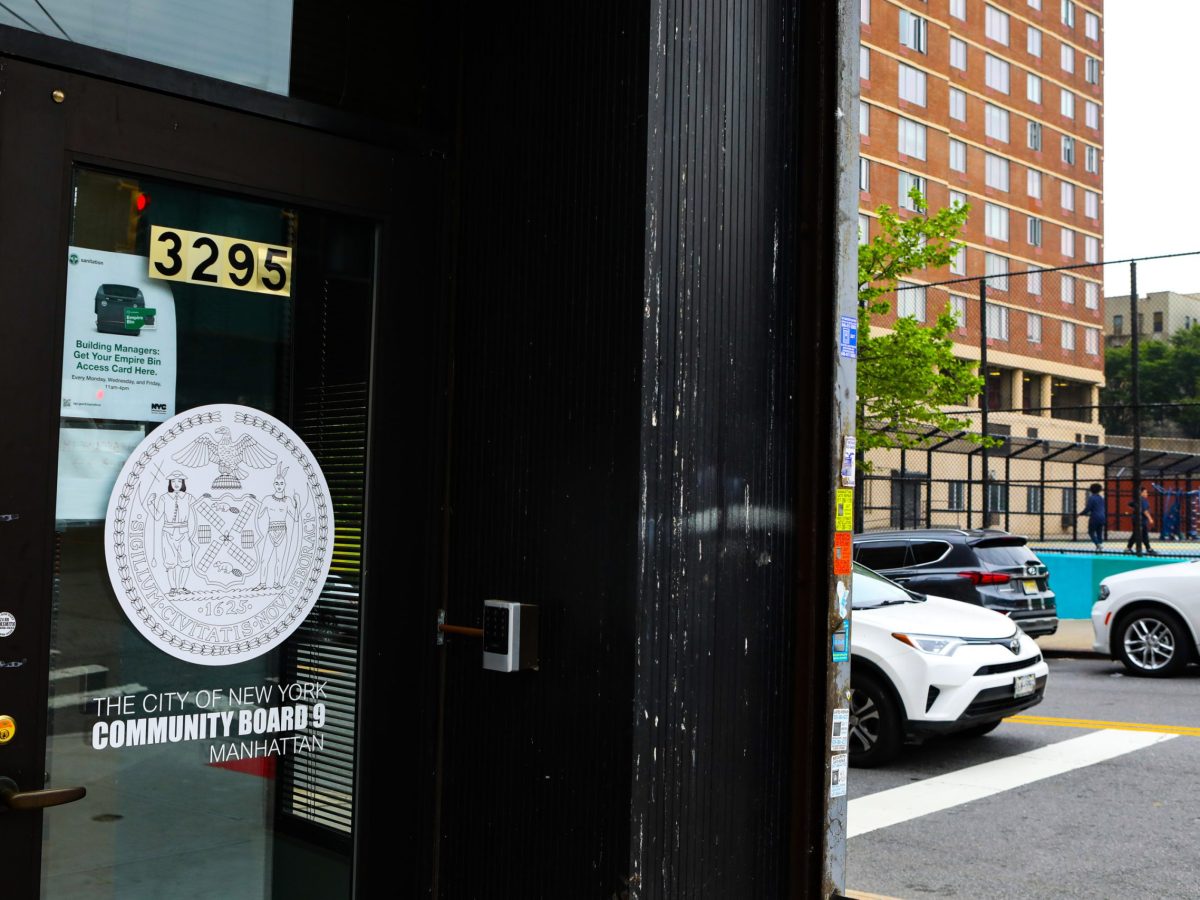The MTA’s Future: Open Gangway Subway Cars and System Upgrades
The Metropolitan Transportation Authority (MTA) is steering New York City’s subway system into a new era. From open gangway subway cars to major infrastructure investments, these improvements are set to reshape the daily commute for millions. In this article, we’ll explore how the MTA is embracing innovation and what it means for riders.

A New Chapter: The Rise of Open Gangway Subway Cars
The MTA is currently expanding its fleet with a pioneering design: open gangway subway cars. Unlike traditional cars, open gangway models allow passengers to move freely from one end of the train to the other. This flexible setup increases capacity, offers smoother rides, and provides a better experience for riders across the city.
This innovation isn’t just a local trend. Cities worldwide have already adopted open gangway trains, making them standard in places like Paris and London. According to THE CITY, New York’s MTA became the first U.S. transit system to put these cars into passenger service in February 2024. The C and G lines are currently operating several of these advanced trains, and more will be rolling out soon. Riders have praised the new design for its ease of movement and increased safety.
System Improvement Through Strategic Investments
Open gangway cars are just one part of a much larger $68.4 billion capital improvement plan. The MTA’s latest five-year program allocates $7.6 billion for new subway cars, aiming to modernize the fleet and replace decades-old models. Upgrades include brighter lighting, wider doors, and enhanced safety features such as additional cameras and modern signal systems. These enhancements promise to make the subway cleaner, safer, and more efficient.
Mechanical reliability also gets a boost. The new R211 cars—some featuring open gangway designs—are outperforming older models, with fewer breakdowns and delays. This means more dependable service for daily commuters.
Funding and Broader Transit Investments
Improving public transit isn’t limited to subway cars alone. The MTA’s investments are part of a broader effort to enhance transportation infrastructure throughout New York State. For instance, recent government initiatives have added significant funding to address road repairs and other vital improvements.
An example can be seen in a story on Westfair Communications, where extra state money for road maintenance is welcomed by civic leaders. While the focus remains on the subway, these investments show a statewide commitment to smarter, more sustainable transit.
Rider Experiences and the Road Ahead
Early feedback suggests that MTA passengers appreciate the open gangway design for its flexibility and comfort. Yet, some still hope for additional seating, especially after a long day. The MTA has acknowledged these concerns and continues to assess rider needs as it upgrades the fleet.
Ongoing collaboration with leading manufacturers ensures that new subway cars will meet the high standards of durability, safety, and vandal resistance required for NYC’s demanding environment. As the system expands its open gangway models, more lines across the city will see these improvements soon.
Conclusion: MTA’s Vision for the Future
The MTA’s commitment to innovation is setting a new standard for public transit in New York City. Open gangway subway cars, enhanced reliability, and smart investments are making the system safer, more comfortable, and ready for the next generation. Riders can look forward to even more improvements as the MTA rolls out its ambitious vision. Stay connected for updates as New York’s subway system continues to evolve.